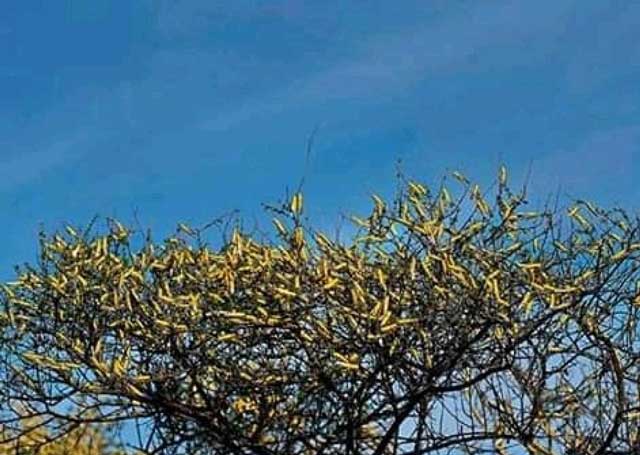
Kampala, Uganda | THE INDEPENDENT | Countries in the Horn of Africa are in a race against time to tackle a Desert Locust invasion amidst ongoing humanitarian challenges, the United Nations has warned.
The observation came just a day after swarms crossed into Uganda, through the North-Eastern Districts of Amudat and Nakaporipirit from neighboring Kenya. The infestation in Uganda also puts Tanzania and South Sudan on the watch list, according to Mark Lowcock, the UN Emergency Relief Coordinator.
Lowcock, was addressing journalists alongside Dominique Burgeon, the Food and Agricultural Organization (FAO) Director of Emergencies, and Keith Cressman, FAO’s Senior Locust Forecasting Officer.
“In this region where there is so much suffering and so much vulnerability and fragility, we simply cannot afford another major shock. And that’s why we need to act quickly”, Mark Lowcock added, shortly before addressing ambassadors at the UN headquarters in New York last night.
He said that the infestation in Kenya is the worst in 70 years, while Somalia and Ethiopia are experiencing their worst outbreaks in 25 years, putting crop production, food security and millions of lives at risk.
He said that “we do have a chance to nip this problem in the bud, but that’s not what we’re doing at the moment. We’re running out of time.” Lowcock advised agencies and countries intending to support efforts against the migratory pests, not to think for so long.
The locust threat comes as the region is recovering from what Lowcock described as recent “back-to-back shocks” which have undermined resilience, with some 19 million people at risk of experiencing severe food insecurity.
An average swarm, which contains up to 40 million insects, can travel up to 150 km in a single day and can devour enough food to feed 34 million people within that time. Somalia and Sudan faced a famine threat in 2017, but communities have also weathered poor rains, drought, and floods in the past two years.
“It is these weather events which are creating the environment to facilitate the current locust outbreak”, Lowcock explained. He added that unusually heavy rains and increase in the frequency in cyclones in the Indian Ocean have created favourable conditions for the locusts to breed.
The UN Food and Agriculture Organization (FAO) recently launched a USD 76 million appeal to control the locusts’ spread. So far, only around USD 20 million has been received; roughly half of which came from a UN emergency fund.
“Without rapid action, we will be facing a rapidly expanding humanitarian crisis. The Desert Locust swarms are growing exponentially”, FAO Director-General Qu Dongyu warned in a video message.
Lowcock, also underscored the urgent need for action, particularly as the rainy season begins in March.
“I’m calling on the countries concerned, the international community, the donors, to step up and to step up now,” he said. “There is a risk of a catastrophe. Perhaps we can prevent it; we have an obligation to try. Unless we act now, we’re unlikely to do so.”
********
URN
 The Independent Uganda: You get the Truth we Pay the Price
The Independent Uganda: You get the Truth we Pay the Price


